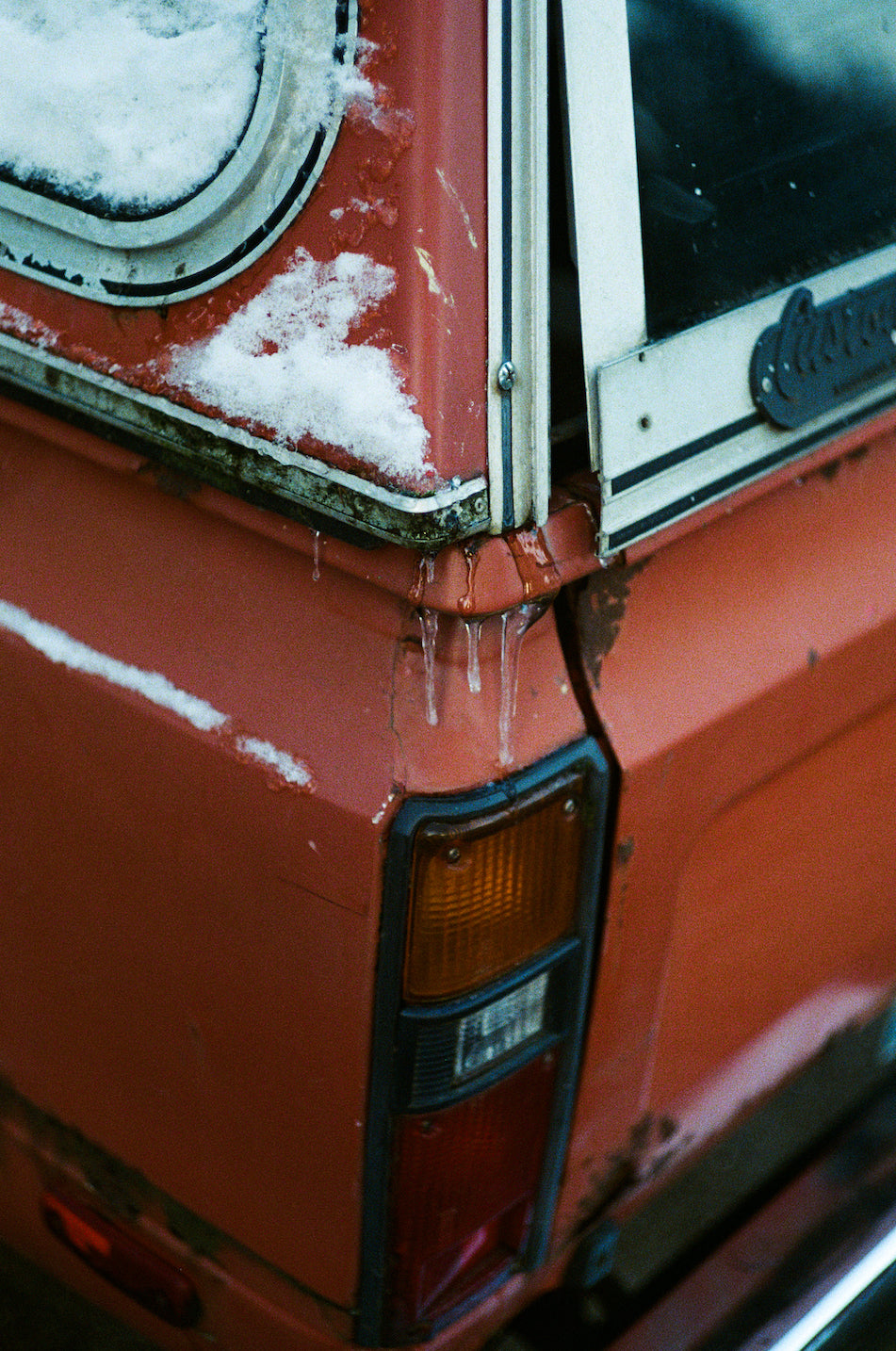Aperture is one of the most important settings on your camera and it can have a big impact on the look and feel of your photos. But with so many different apertures to choose from, it can be tough to know which one to use in different shooting situations. Here, I'll recommend some ways to receive the best results.
Portraits
When shooting portraits, it's often best to use a wide aperture, such as f/2.8 or f/4. This will create a shallow depth of field, which means that the subject will be in focus but the background will be blurred. This is a classic look for portraits and can help to draw the viewer's eye to the subject. If you're using a wide aperture, be sure to keep your subject in the center of the frame, as the focus can drop off quickly at the edges.
Landscapes
For landscapes, it's often best to use a narrower aperture, such as f/8 or f/11. This will give you a deeper depth of field, which means that more of the scene will be in focus. This is especially important when shooting landscapes, as you want to be sure that both the foreground and the background are in focus. If you're shooting in low light, you may need to use a wider aperture to get a good exposure, but be aware that this will also result in a shallower depth of field.
Moving Subjects
When shooting fast-moving subjects, such as sports or wildlife, you'll need to use a fast shutter speed to freeze the action. In order to get enough light into the camera to use a fast shutter speed, you may need to use a wide aperture. This will allow you to get the shot without having to use a flash, which can be distracting or even dangerous in some situations.
Low-Light Subjects
For low-light situations, such as shooting at night or in dimly-lit interiors, you'll need to use a wide aperture in order to to get enough light into the camera. In these situations, you may also need to use a tripod or other stabilizing device to help keep the camera steady and reduce blur.
In conclusion, the aperture you choose will depend on the shooting situation and the look you're going for. Whether you're shooting portraits, landscapes, fast-moving subjects, or low-light scenes, being aware of the different apertures and when to use them can help you to get the best results from your camera. Next time you're out shooting, take some time to experiment with different apertures and see what works best for you!
Happy shooting!
--Matt Rygh

